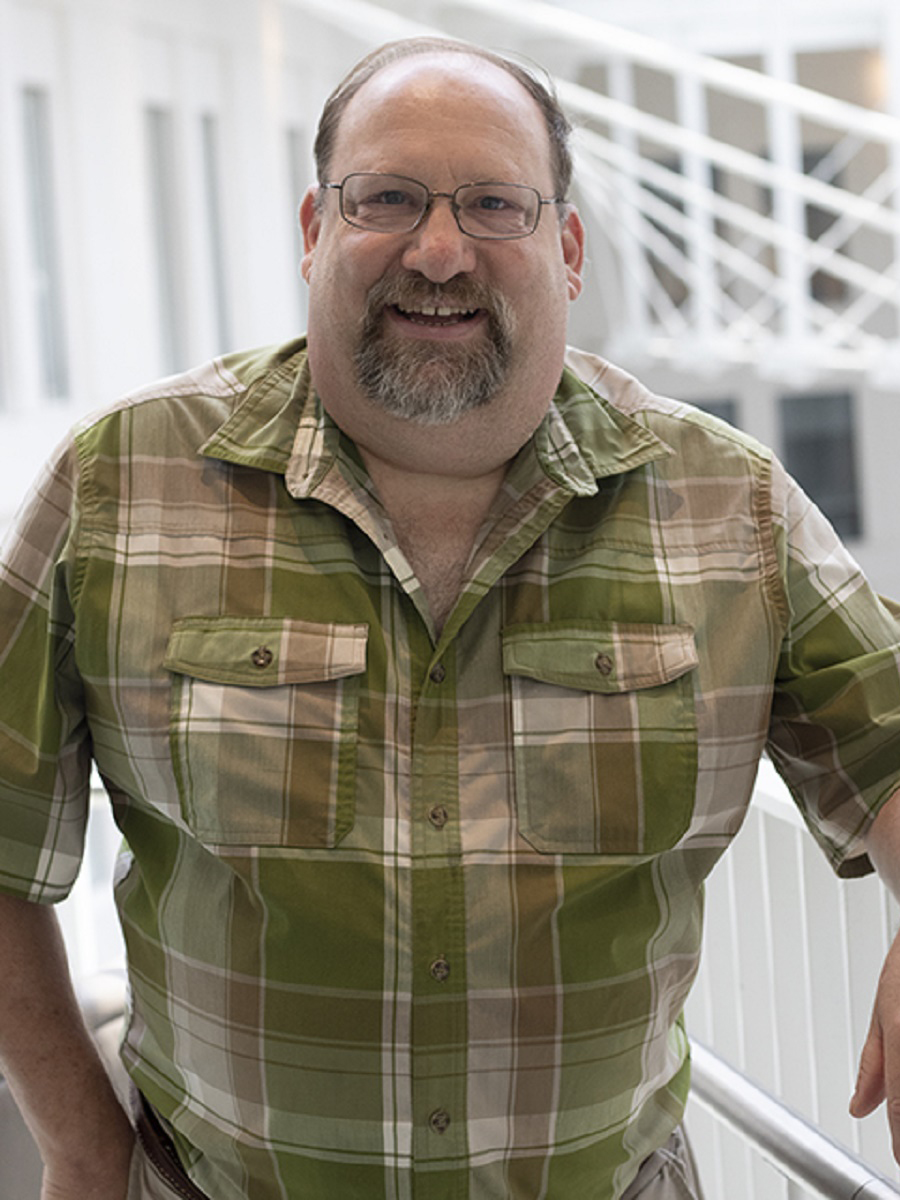Marc Allard, PhD, Research Microbiologist
“FDA’s unique multi-disciplinary approach gave me the opportunity to test bold ideas and emerging technologies. Unencumbered and uninterrupted by grant writing, I could collaborate with scientists from around the world to quickly transform ideas into lifesaving solutions.”—Marc Allard, PhD, Research Microbiologist, Senior Advisor for Genomics, Center for Food Safety and Applied Nutrition
Q: You were a tenured professor and one of the scientists who discovered the gene that causes Huntington’s disease. What made you choose to work for the U.S. Food and Drug Administration?
Marc Allard: I’m interested in evolutionary genetics, quantitative and molecular systematics of mammals, phylogenetics, molecular evolution, conservation genetics, as well as bioinformatics and forensics. I came to FDA’s Center for Food Safety and Applied Nutrition because it became clear to me that by using genomics and molecular systematics to characterize pathogens, we could create a powerful new tool to revolutionize food safety and protect public health.
FDA’s unique multi-disciplinary approach gave me the opportunity to test bold ideas and emerging technologies. Unencumbered and uninterrupted by grant writing, I could collaborate with scientists from around the world to quickly transform ideas into lifesaving solutions. I didn’t have to halt my research to write grant applications. I didn’t have to wait for funding.
Q: How are you revolutionizing food safety?
MA: We’re applying whole genome sequencing to quickly connect pathogens with sources of foodborne illness outbreaks. We’ve also created GenomeTrakr, a publicly available global database containing the genetic sequences of hundreds of thousands of foodborne disease-causing bacteria. Scientists from state, federal, and international health labs work together, identifying pathogens collected from food, patients, and the environment, and finding out how they are related to each other. This technology is transforming how the world prevents, tracks, and ends foodborne illness outbreaks.
Q: What makes FDA a unique place to work for a research microbiologist?
MA: You can be certain your work is for the public good. FDA commits to funding research to explore, test, and validate new ideas and new technologies for one purpose--to protect public health.
In my office, we validate technology to differentiate pathogens--information used to identify and reduce the risk of foodborne contamination. Food safety regulations depend on scientific evidence, so our findings are looked at closely. We have a saying at FDA: Science first.
Q: What might prospective employees not know about working at FDA?
MA: We’re encouraged to share our data early and often, and we’re rewarded for it. Those of us with new talents are welcome here. For example, my training and previous work were in molecular systematics and evolution, but I was encouraged to join microbiologists and epidemiologists in an FDA product center with a food safety mission.
Q: What about your job most inspires you?
MA: We bring new ideas and new technology from research and development to valid applications that federal and state laboratories use every day to regulate food safety. I’m energized by people who thank me for that and who encourage me—at FDA, at international scientific meetings, and in industry.
People want to know what new applications we’re advancing. U.S. scientific findings are now spreading globally, and many nations are adopting whole genome sequencing methods for applications that reach beyond ending foodborne illness outbreaks to also stopping infectious diseases among people, plants, and animals. I’m inspired knowing that my work is helping to keep people safe.

